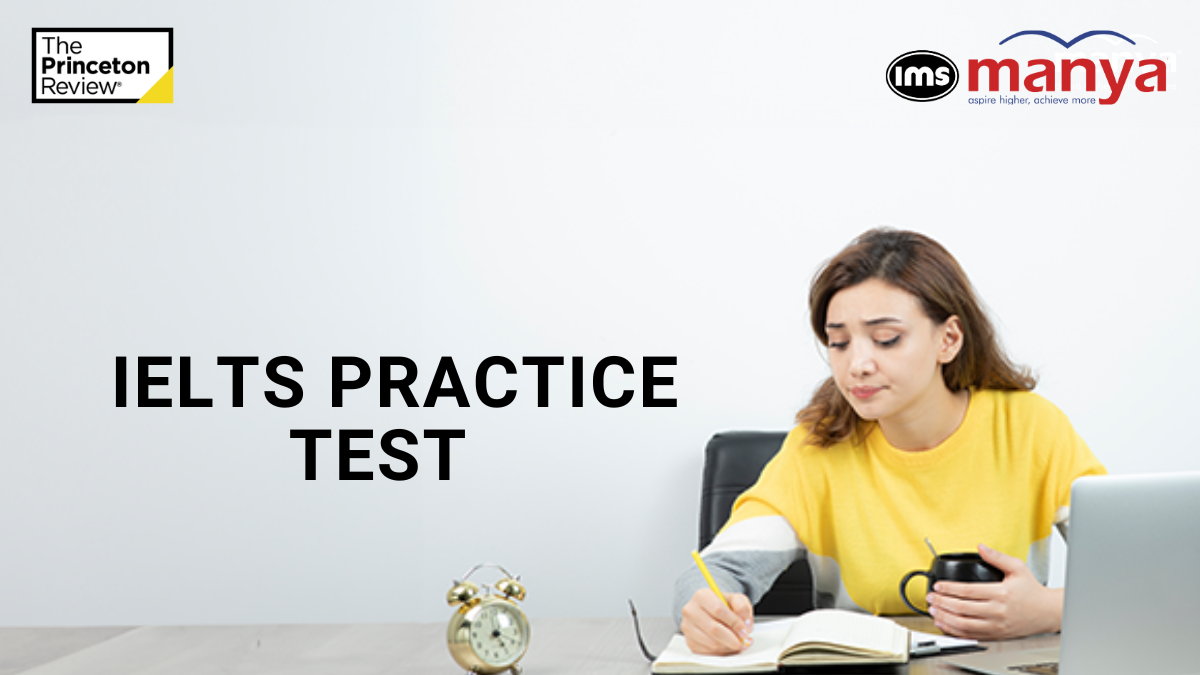
IB Biology Tutoring 2025: Expert Help for SL & HL Succe...
The IB Biology course is an in-depth program that covers a broad spectrum of biological theories and...

TOEFL vs IELTS: Key Differences & Test Comparison
Whether you are a student or a professional with dreams of studying or working abroad, the choice be...

IELTS Exam 2025: Complete Guide to Format, Syllabus, Fe...
Non-native speakers widely accept the International English Language Testing System (IELTS) as a mea...

SAT Exam 2025: Test Dates, Format, Structure, Fees, Tim...
Dreaming of studying at a top university in the US or Canada? For Indian students, the SAT exam 2025...

IB Science Curriculum Overview 2025
The IB Science framework encourages students to investigate issues independently and collaboratively...

Master IB Physics 2025: Expert Tutoring for SL & HL
IB Physics is one of the most fundamental sciences, aiming to explain the universe from the tiniest ...

IB Mathematics Tutoring: Excel in SL & HL
Students often consider IB Math one of the most challenging subjects in the IB subject groups. As of...

Exploring IB English: A Comprehensive Guide
The IB English course, aligned with the International Baccalaureate English syllabus, emphasizes the...

IB Computer Science | Syllabus, Notes & Past Papers
The IB Computer Science course in the IB Diploma Programme is a challenging and hands-on discipline ...

IB Chemistry Syllabus & Curriculum Guide | Expert Onlin...
IB Chemistry is a core scientific discipline that explains life at the molecular level. The syllabus...

IELTS Practice Test 2025: Format, Syllabus, Fees & Bene...
The IELTS practice test serves as a fundamental step towards successfully clearing the International...

GMAT Practice Test 2025: Free Online Mock Exams
What will your GMAT score be? The best way to find out is by taking a full-length GMAT Practice Test...

IGCSE Computer Science
IGCSE Online Academic Tutoring for Computer Science focuses on computational thinking as well as the...

GMAT Sample Papers: Detailed Explanation
The GMAT (Graduate Management Admission Test) is a pivotal milestone for anyone eager to enter top b...

TOEFL Practice Test Online | Free TOEFL Mock Test
Taking a TOEFL Practice Test is one of the best ways to prepare for the actual exam. A well-structur...


